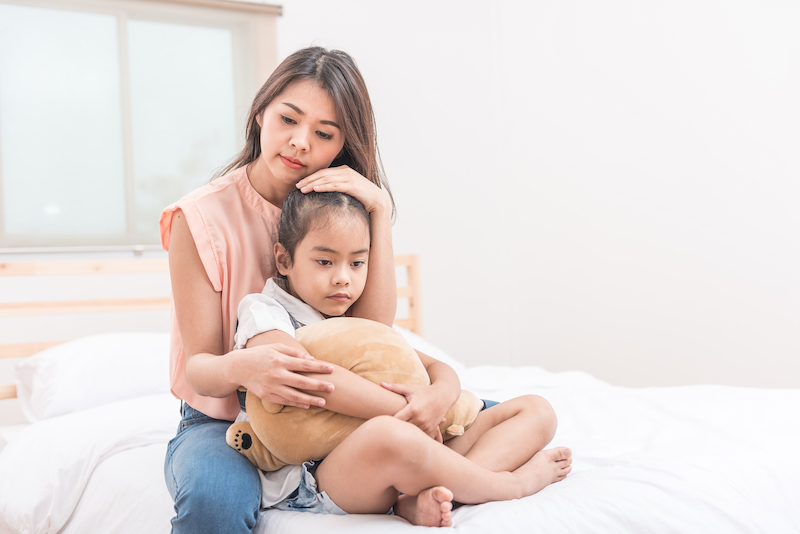
Photo: Getty Images
It’s the same conversation every time – at a party, boarding an airplane, waiting in line at the grocery store – when a well-meaning stranger asks me what I do for work.
“I help grieving children.”
Then comes the long pause, often followed by a look of genuine concern. “Wow – I don’t know how you’re able to do that,” they say. “It must be depressing.”
To some extent, they’re right. It’s depressing to know that young children and adolescents in our own backyard are facing significant losses on a daily basis, many without proper support.
However, working with these kids and observing their own inherent resiliency is one of the most rewarding and enlightening aspects of my job. I can speak for my entire team at the Trauma and Grief Center at Texas Children’s Hospital when I say we’re grateful for the opportunity to serve such a unique and inspiring population.
It’s important to recognize that grief (a personal response to loss) isn’t detrimental by nature, especially when you look at its impact over time. In fact, there’s such a thing as good grief, whereas we really can’t say the same for, let’s say, depression.
Grief can put everything we know into perspective, even for the youngest of our patients.
“I know I need to cherish every minute, because life is short.” – from a 12-year-old boy who lost his mother to cancer
Grief can transform tragedy into something meaningful.
“I’m going to be an engineer so I can make sure cars don’t break as much.” – from a 9-year-old boy who lost his father after a car accident.
Grief can help us feel connected to our loved ones, even when they’re no longer physically with us.
“I know my dad is watching over me and protecting me. He’s my guardian angel now.” – from a 10-year-old girl who lost her father to a heart attack.
We’re learning more about the various ways in which children process grief, and the bereaved clients we work with continuously teach us what it means to grieve in adaptive ways by providing a window into their thoughts, feelings and innermost experiences, including critical life lessons.
We know the vast majority of bereaved youth are able to adjust to their “new normal” and go on to lead healthy and productive lives. By studying what exactly helps these children become naturally resilient over time, we’re able to harness what we learn and build this knowledge into our interventions.
For instance, we know of both internal and external factors that can help children adjust after the loss of a loved one. Internal factors include coping strategies, such as emotional expression. Children who are able to express their thoughts and feelings about the death tend to adjust better over the long term.
However, it’s often more challenging for children to cope with grief if they feel isolated or alone. Fortunately, a promising external strategy involves identifying mentors and role models who can show these children firsthand that they can still go on to lead the life they always wanted, despite the pain of having lost a loved one.
This is why we’re excited to partner with the Shared Grief Project. Todd Arky, who lost his own father at a young age, established this program with the vision of a world where no child grieves alone. He made it his life’s mission to identify and interview famous and successful individuals who also experienced parental death as children in order to provide advice to kids who may be going through this difficult process.
We’ve been using these very powerful videos as part of our own treatments at the Trauma and Grief Center as a means of providing hope and guidance to our bereaved clients. In watching the videos, our clients are reminded that they can be “leaders of courage” and have the potential to do great things with their lives, not just in spite of, but because of the strength they’ve gained through their loss. The Shared Grief Project gives voice to the unspoken topic of grief and the mental health and well-being of those affected by bereavement.
This fact sheet draws from experiences of bereaved caregivers, researchers, and mental health professionals. It offers guidance on how to talk to your child after a parent or caregiver dies including, how to face new fears, how to take care of yourself, how to hold on to the old while embracing the new, how to create comforting connections, as well as how to seek additional support for children.”
November 21stis children's grief awareness day, click here to learn more about the Trauma and Grief Center at Texas Children’s Hospital. For more information on the Shared Grief Project, click here.


